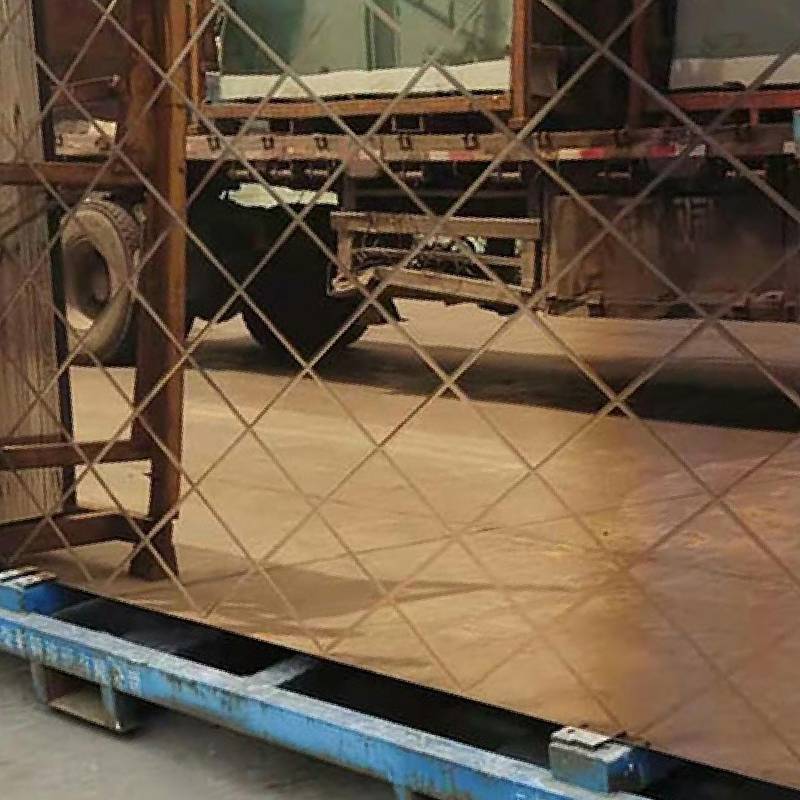Understanding Float Glass Prices A Comprehensive Overview
Float glass, known for its excellent optical clarity and uniform thickness, is a vital material utilized across various industries, including construction, automotive, and furniture. Its production process involves floating molten glass on top of molten tin, which creates a smooth and flat surface. Because of its widespread application, understanding fluctuation in float glass prices is essential for both consumers and manufacturers. This article delves into the factors influencing float glass prices, current market trends, and how to navigate the price landscape.
Factors Influencing Float Glass Prices
1. Raw Material Costs The primary components required to manufacture float glass include silica sand, soda ash, and limestone. Fluctuations in the prices of these raw materials directly impact float glass prices. For instance, a surge in demand for silica sand in the construction industry can lead to increased costs for glass manufacturers, which are often passed on to consumers.
2. Energy Prices Manufacturing float glass is energy-intensive, necessitating significant amounts of electricity and fuel. Changes in energy prices, particularly oil and natural gas, can lead to increased operational costs for manufacturers. This escalation is usually transferred to the end-user as higher glass prices.
3. Supply Chain Dynamics The global supply chain for float glass can be influenced by various factors, including geopolitical tensions, trade tariffs, and transportation costs. Any disruption in this chain—from raw material sourcing to distribution—can result in increased prices.
4. Market Demand Seasonal demand fluctuations can also influence float glass prices. For instance, there may be higher demand in the construction sector during peak building seasons, causing prices to rise. Additionally, trends toward energy efficiency and eco-friendly construction materials can further impact the demand for float glass, thus influencing its price.
5. Technological Advances Innovations in glass-making technology can lead to less expensive production methods, potentially lowering prices. However, if a new technology requires substantial initial investment, it might push prices higher in the short term.
Current Market Trends
float glass price list
As of late 2023, the float glass market has shown mixed signals. In some regions, prices have stabilized following previous volatility due to global supply chain disruptions caused by the pandemic. However, ongoing geopolitical tensions and environmental regulations continue to exert upward pressure on costs. For example, new regulations aimed at reducing carbon emissions from glass manufacturing could lead to additional costs that manufacturers may need to pass onto consumers.
Additionally, the rise of sustainable practices has led to the increased popularity of coated and energy-efficient float glass, which typically commands higher prices. Consumers are becoming more inclined to invest in products that offer long-term energy savings, thus driving demand for these specialized offerings.
Navigating Float Glass Prices
For consumers and businesses aiming to navigate the float glass market effectively, several strategies can be employed
- Regular Market Research Staying informed about fluctuations in raw material prices and market trends can help stakeholders make better purchasing decisions.
- Bulk Purchasing For businesses, buying float glass in bulk can yield significant discounts, particularly during off-peak seasons when demand is lower.
- Diversifying Suppliers Engaging with multiple suppliers can provide leverage in negotiations and reduce dependency on a single source, which can be particularly beneficial in times of rising prices.
- Investing in Quality Sometimes investing in higher-quality, energy-efficient float glass pays off long-term through reduced energy costs and enhanced durability.
Conclusion
Float glass remains a crucial component in numerous industries, and its pricing is influenced by various complex factors, from raw material costs to technological advances. By understanding these dynamics, stakeholders can better navigate the market and make informed decisions regarding their float glass purchases. Whether you're a contractor, an architect, or a homeowner, keeping an eye on float glass price trends can lead to significant savings and enhanced project outcomes. As the market continues to evolve, adaptability and knowledge will be key in making the most of this essential material.
 Afrikaans
Afrikaans  Albanian
Albanian  Amharic
Amharic  Arabic
Arabic  Armenian
Armenian  Azerbaijani
Azerbaijani  Basque
Basque  Belarusian
Belarusian  Bengali
Bengali  Bosnian
Bosnian  Bulgarian
Bulgarian  Catalan
Catalan  Cebuano
Cebuano  Corsican
Corsican  Croatian
Croatian  Czech
Czech  Danish
Danish  Dutch
Dutch  English
English  Esperanto
Esperanto  Estonian
Estonian  Finnish
Finnish  French
French  Frisian
Frisian  Galician
Galician  Georgian
Georgian  German
German  Greek
Greek  Gujarati
Gujarati  Haitian Creole
Haitian Creole  hausa
hausa  hawaiian
hawaiian  Hebrew
Hebrew  Hindi
Hindi  Miao
Miao  Hungarian
Hungarian  Icelandic
Icelandic  igbo
igbo  Indonesian
Indonesian  irish
irish  Italian
Italian  Japanese
Japanese  Javanese
Javanese  Kannada
Kannada  kazakh
kazakh  Khmer
Khmer  Rwandese
Rwandese  Korean
Korean  Kurdish
Kurdish  Kyrgyz
Kyrgyz  Lao
Lao  Latin
Latin  Latvian
Latvian  Lithuanian
Lithuanian  Luxembourgish
Luxembourgish  Macedonian
Macedonian  Malgashi
Malgashi  Malay
Malay  Malayalam
Malayalam  Maltese
Maltese  Maori
Maori  Marathi
Marathi  Mongolian
Mongolian  Myanmar
Myanmar  Nepali
Nepali  Norwegian
Norwegian  Norwegian
Norwegian  Occitan
Occitan  Pashto
Pashto  Persian
Persian  Polish
Polish  Portuguese
Portuguese  Punjabi
Punjabi  Romanian
Romanian  Russian
Russian  Samoan
Samoan  Scottish Gaelic
Scottish Gaelic  Serbian
Serbian  Sesotho
Sesotho  Shona
Shona  Sindhi
Sindhi  Sinhala
Sinhala  Slovak
Slovak  Slovenian
Slovenian  Somali
Somali  Spanish
Spanish  Sundanese
Sundanese  Swahili
Swahili  Swedish
Swedish  Tagalog
Tagalog  Tajik
Tajik  Tamil
Tamil  Tatar
Tatar  Telugu
Telugu  Thai
Thai  Turkish
Turkish  Turkmen
Turkmen  Ukrainian
Ukrainian  Urdu
Urdu  Uighur
Uighur  Uzbek
Uzbek  Vietnamese
Vietnamese  Welsh
Welsh  Bantu
Bantu  Yiddish
Yiddish  Yoruba
Yoruba  Zulu
Zulu 

